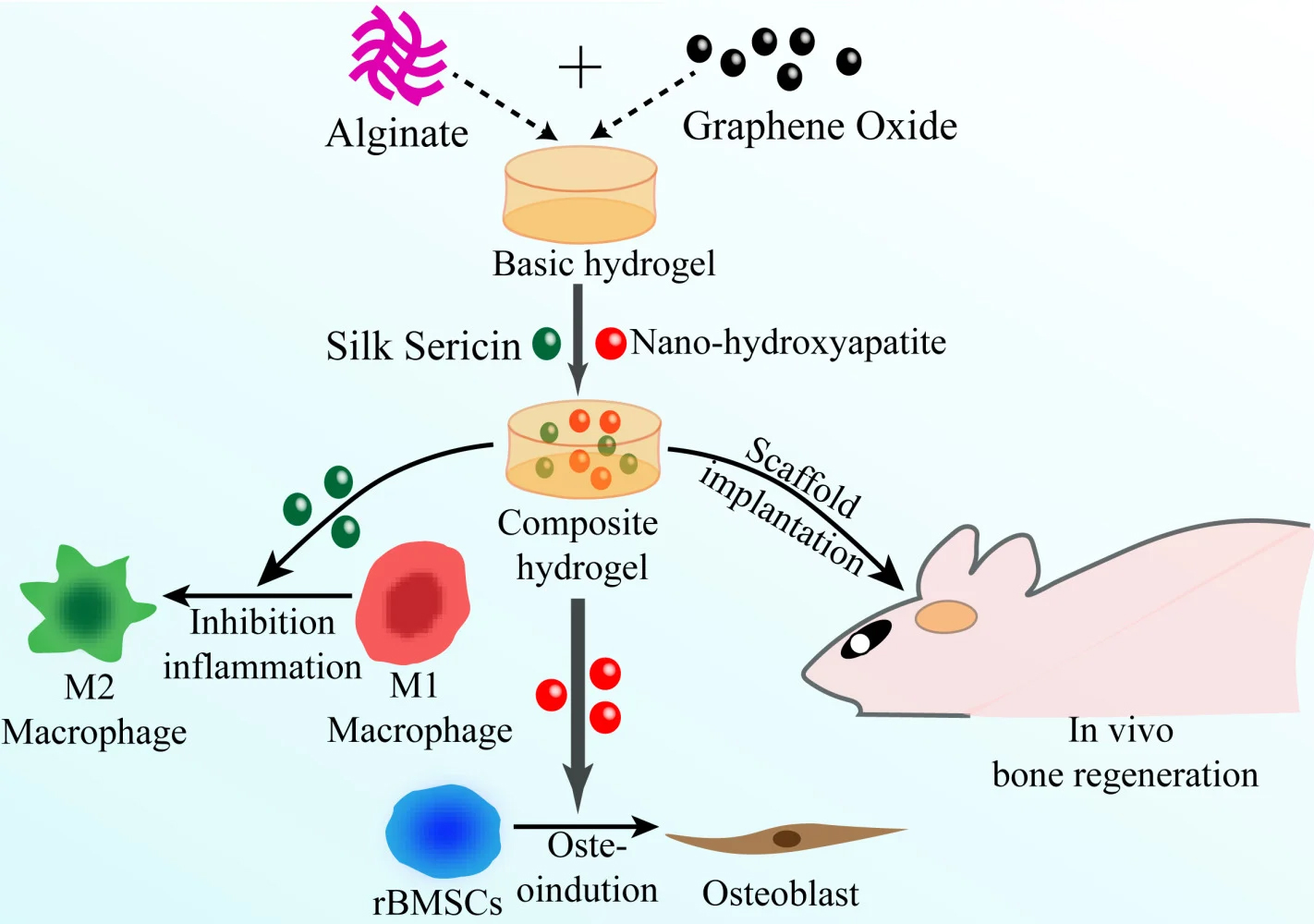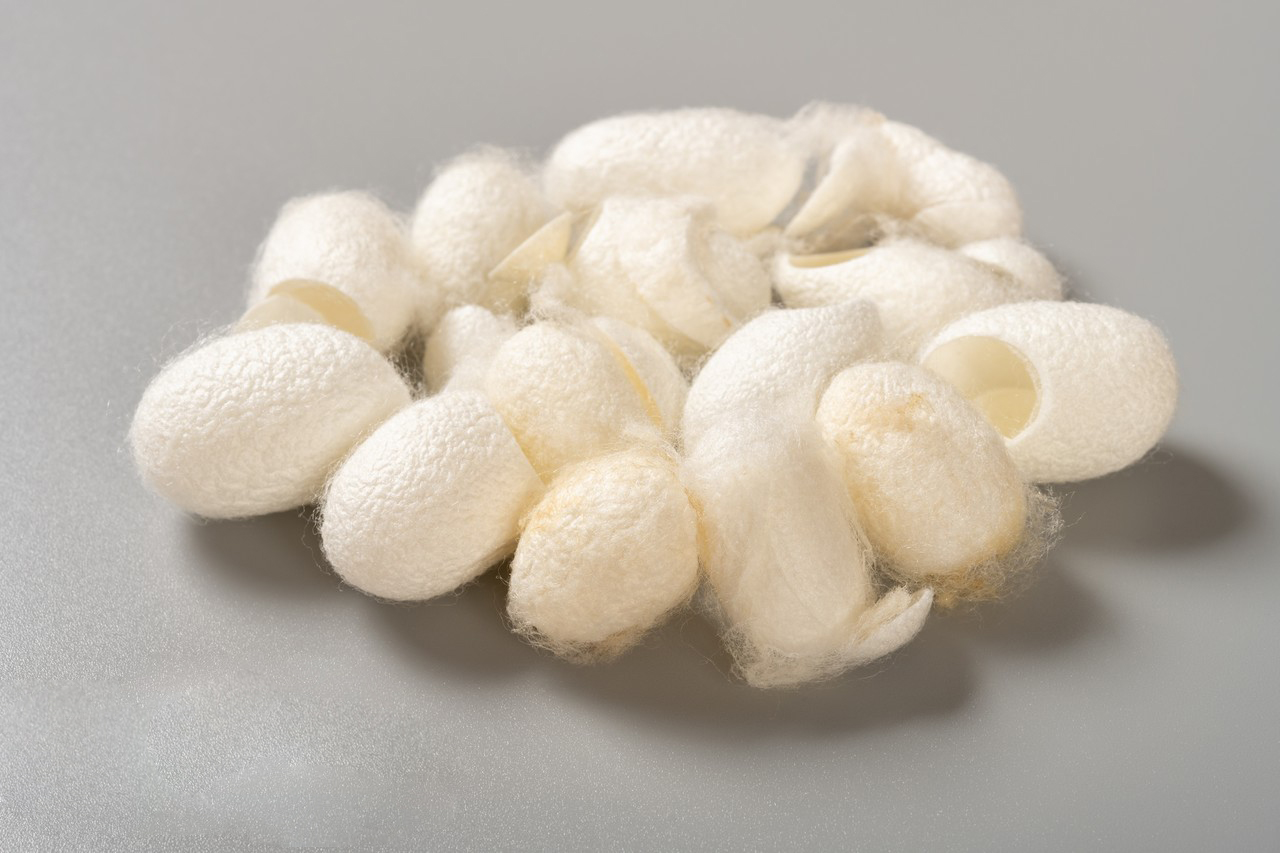Quality and production of sericin are critical factors in determining its effectiveness for various applications, such as in cosmetics, pharmaceuticals, and textiles. Here’s an overview:
1. Production of Sericin:
Sericin is produced naturally by silkworms during the process of silk spinning. It is secreted by the silkworm’s salivary glands and coats the silk fibroin to form the silk thread. The production process of sericin involves:
- Silk Production by Silkworms: Silkworms (mainly Bombyx mori) produce silk by spinning two types of proteins, fibroin (the structural component) and sericin (the glue-like substance that holds fibroin together).
- Harvesting Silk Fibers: Once the silkworms complete their cocoon formation, they are harvested. The sericin is typically present as a sticky, water-soluble substance around the fibroin fibers.

- Degumming Process: To isolate pure silk fibers, sericin must be removed in a process known as “degumming,” which typically involves boiling the silk in hot water or an alkaline solution. The sericin dissolves, leaving behind the fibroin silk fiber.
- Recovery and Purification: After degumming, the sericin can be collected, purified, and dried for various uses. The recovery and purification processes are important to ensure the quality of sericin for specific applications.
2. Quality Control:
The quality of sericin is influenced by several factors during its production:
- Silkworm Rearing Conditions: The environmental conditions under which silkworms are raised, including temperature, humidity, and diet, can affect the quantity and quality of sericin produced.
- Fibroin to Sericin Ratio: The ratio of fibroin to sericin can vary depending on the silkworm species and the method of silk production. A higher sericin content may be beneficial for certain applications, such as in cosmetics where sericin acts as a moisturizer and skin protectant.
- Purity of Sericin: The degree of purity is critical, especially in high-end applications like pharmaceuticals and cosmetics. Any residual contaminants from the degumming process can affect the quality of sericin.
- Molecular Weight: The molecular weight of sericin affects its solubility, film-forming ability, and potential interactions with skin or other substrates. Higher molecular weight sericin may offer better protective properties.

3. Applications and Standardization:
Sericin’s quality is directly tied to its application. In cosmetics, for example, sericin must be of high purity to ensure it is gentle on the skin, non-irritating, and effective in moisturizing or anti-aging formulations. For industrial uses, such as in textiles, sericin’s adhesive properties may be more important.
To ensure consistency and high quality, manufacturers may adopt specific standards for sericin production, including testing for its protein content, molecular weight, solubility, and overall purity.
Would you like more details on any specific aspect of sericin production or its uses?
